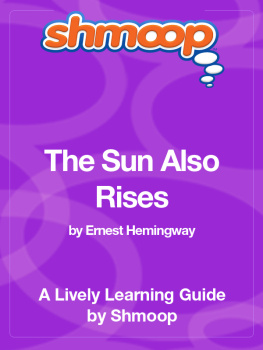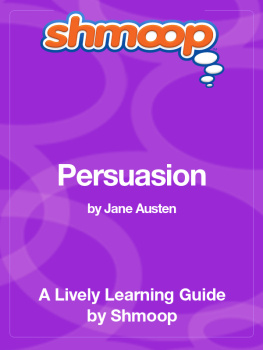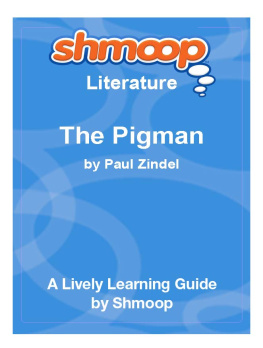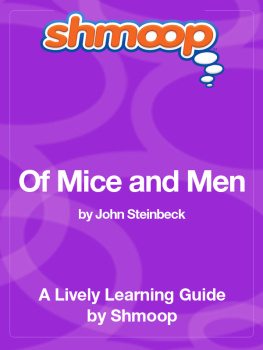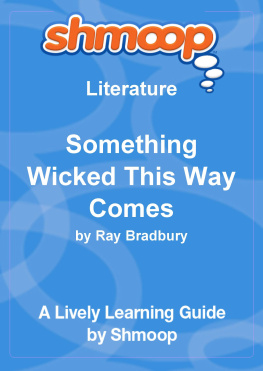
Table of Contents
In a Nutshell/Overview
The Time Traveler's Wife, Audrey Niffenegger's debut novel, is a love story about a man named Henry, whose genetic disorder causes him to jump back and forth in time, and about his wife Clare, who has to put up with his frequent absences and dangerous excursions. Niffenegger explained that her novel came about partly as a result of a "string of comically unsuccessful relationships":
"Some part of me had given up on the idea that any romance was ever going to work out. And some part of me was just like, 'OK, fine. I'll make one. I'll just write it' [...] I had kind of got the idea that there's not going to be some fabulous perfect soulmate out there for me, so I'll just make him up." (source)
But the central idea and title for the story actually originated from an epigraph to J.B. Priestley's 1964 novel Man and Time: "Clock time is our bank manager, tax collector, police inspector; this inner time is our wife" (source).
Published in 2003, the novel garnered several book awards and has become an international bestseller. As of March 2009, 2.5 million copies have been sold in the United States and the United Kingdom (source). It's even been adapted into a movie starring Rachel McAdams and Eric Bana. Critics and fans alike continue to rave about Niffenegger's unique take on time travel, the emotional depth of the characters, and the questions of love, loss, and free will that are raised in the story.
Traveling back in time, however, the stars didn't shine so brightly for Niffenegger. After writing the manuscript for The Time Traveler's Wife, she struggled for a long time to find a literary agent. When the small publisher MacAdam/Cage finally discovered this diamond in the rough in their pile of unsolicited manuscripts, Niffenegger had just signed with another agent who had gotten several publishing houses in New York City interested in the novel. A bidding war broke out over the book (source). Eventually Niffenegger decided against the big bucks for the small publisher with a heart. Yay!
Why Should I Care?
Why should you read The Time Traveler's Wife? Well, if there's a slight chance that one day you might find yourself in a foreign place and time, in your birthday suit, with no food or shelter, then start reading. Also, if you're interested in a "how-to" on picking locks, stealing, breaking and entering, or beating someone up real good, pick up this book. And lastly, if you've ever questioned why you are who you are, and why your life makes no sense, then definitely read The Time Traveler's Wife. Not that the book will give you any answers. In fact, the way the narration jumps back and forth in time, location, and emotion, you'll most likely end up dazed and confused.
But that's the very point of the story, according to author Audrey Niffenegger. She says that she wrote the story to show the sheer "randomness and meaninglessness" of life (source). So listen up, guys and gals: life's a slippery companion. Before you know it it's gone, which is why Niffenegger and her novel encourage you to live in the here and now. Carpe diem!
That's exactly what Henry, the time-traveling hero of this novel, is trying to do, because he never knows when and where time will spit him out next. Seize the day! Such is the mantra of today's psychologists, life coaches, and yogis, among others. That's where life's happiness is. Not the past or the future. That seems like an easy enough request, since we can't time travel, as Henry can. We are all stuck in the now for good, aren't we? Well, physically, yes, but how often do we spend hours and days worrying about past events or looking forward to future events? How often do we escape our present, cruising through life on autopilot, waiting for better days, or missing the ones that have passed? So even though time traveling may seem like fantasy, Niffenegger makes it clear that it's an experience we can all relate to.
What's Up With the Title?
The title "The Time Traveler's Wife" suggests that Clare is the main character in the story. Yet the narration seems to devote equal attention to Clare and Henry. What speaks for the book as being mainly Clare's story, however, is that the narration follows her chronological timeline, which is also the reader's timeline. Her life proceeds in a linear fashion like ours and gives us a context from which to view the often-confusing jumps. The bonus to readers is that we get to experience Clare's struggle with waiting for Henry but also go along for the ride of Henry's excursions. After all, as Audrey Niffenegger suggested in an interview, Henry's life is more exciting!
What's Up With the Ending?
The concluding epigraph from Homer's
Odyssey in Book 3 sums up this book perfectly: "...and so she too rejoiced, her gaze upon her husband, her white arms round him pressed as though forever." It's a bittersweet ending because we know that this long-anticipated reunion won't last. Henry will disappear again and then who knows? Next time Clare might not be there to welcome him. Of course that is only the case for Clare, since Henry can always visit her in the past. It doesn't seem fair.
Then again, the question remains: what's better or worse? Traveling back to the same moments, warming up old joys while also reopening old wounds, or knowing that there's an end to everything. Except for love, of course. Love never ends! Plus, physicists explain time in the universe as warped space, meaning eventually time just circles back on it itself. So, sounds like the end is just the beginning...
What's Up With the Epigraph?
This novel has a bunch of epigraph-like quotes that are worth digging into. We're going to go through them one by one.
Prologue
Clock time is our bank manager, tax collector, police inspector;
this inner time is our wife.
- J. B. Priestley,
Man and Time According to Audrey Niffenegger, this quote from
Man and Time inspired both the title and the central idea for her book:
"...once I found that quote, the whole thing made complete sense to me, because Henry is not only married to Clare, but he is married to this quirky out-of-sync time that he is living. And it is such an intimate part of him, that it really is inseparable." (source)
So Henry's life seems to be determined by two different ideas of time. One is "clock time," which rules the minutia of his daily life, including paying taxes, dealing with the police, and so on. His "inner time," on the other hand, seems to refer to his personal time with Clare, his wife.
Although Henry tries very hard to manage both his life in the outside world and his private world with Clare, even with his best intentions, his time-traveling disorder makes it impossible for him to allot his time the way he wishes to. Henry's job at the Newberry Library hovers in constant peril, because he frequently misses work or appears buck naked in the library stacks, afraid to be caught by his superiors. He also remains an unreliable husband, who disappears during key moments of his relationship with Clare: when they get married, when Clare gives birth, etc. At the same time, the "inner" time Henry spends with Clare has no real boundaries. Even when he's gone in the present, he still spends time with her in his past or future while the "clock time" that Clare's life runs on is finite and measurable.
So, in a sense, Henry gets to spend way more time with Clare than she does with him. In his world, "clock time" and "inner" time seem to be one and the same, because he's able to live his past, present, and future all at the same time. Clare, however, only experiences the time Henry spends with her in the present. Therefore, Priestley's quote could point to the fact that time is relative and depends on our individual perceptions.









